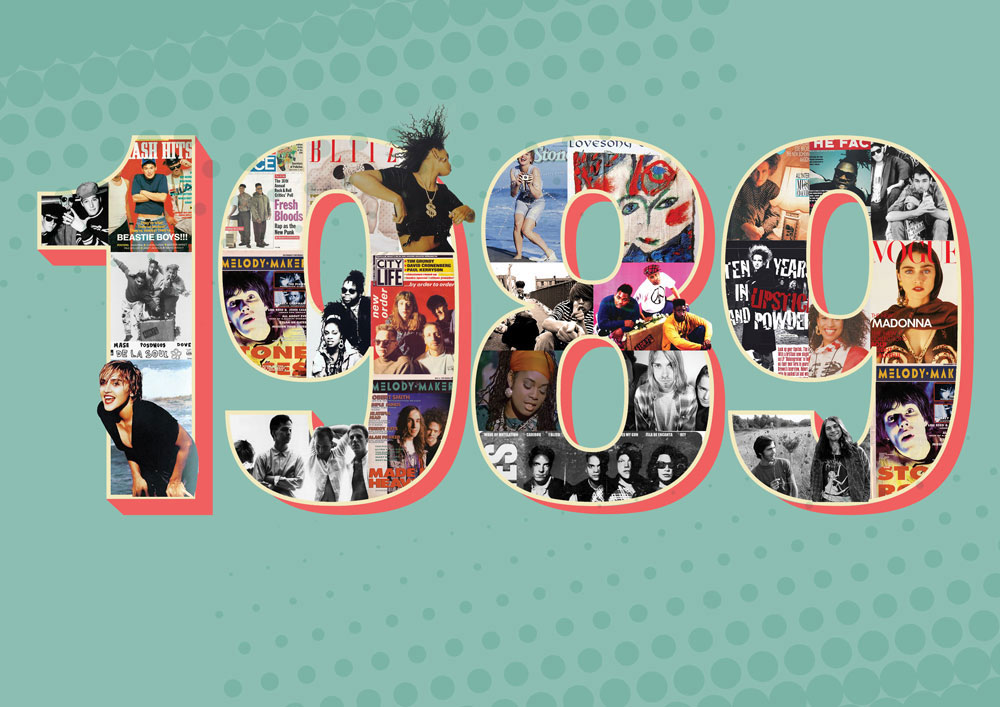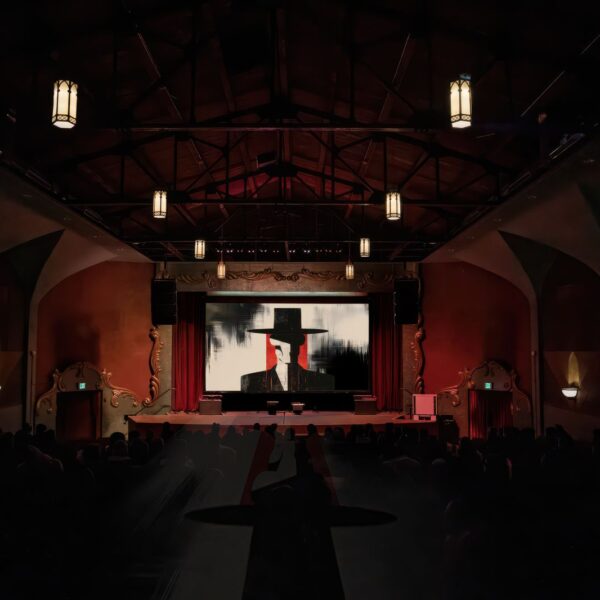Despite the protestations of small-minded reactionary bores, music, just like time, never stands still. There is always something new worth listening to. The key is to remain inquisitive and open to new ideas. And yet… some years can’t help but acquire a certain potency. Does 1989 deserve to be called the greatest year in musical history? Well, a the risk of resorting to hyperbole, it really was the year everything changed. Or as Ian Brown, singer of The Stone Roses, one of the year’s emblematic bands, would have it: what the world was waiting for.
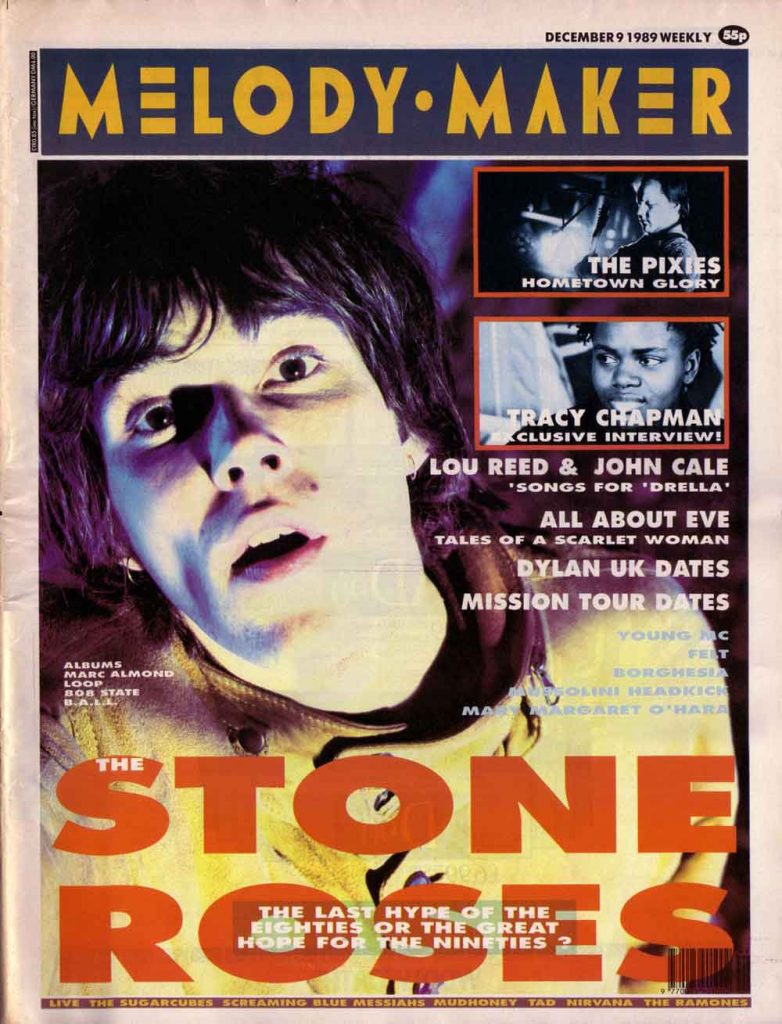
Not that you would have known this by looking at the UK singles chart on the first morning of 1989. There, at the top of the hit parade and resplendent in all their manufactured Stock, Aitken & Waterman glory were Kylie and Jason with their nauseous duet Especially For You. The rest of the Top 10 contained acts like Cliff Richard, Erasure, Status Quo, Kim Wilde and Bros.
The Underground Was Stirring
The year that would become the greatest year in musical history did not get off to the most auspicious start. But at No.4 and No.6 were Inner City and Neneh Cherry, notable harbingers of what was to come. Their dancefloor-based stylings (Detroit house and a UK take on hip-hop-inspired club culture, respectively) demonstrated that the underground was not only stirring but would come to recalibrate the mainstream heading into the new the century.
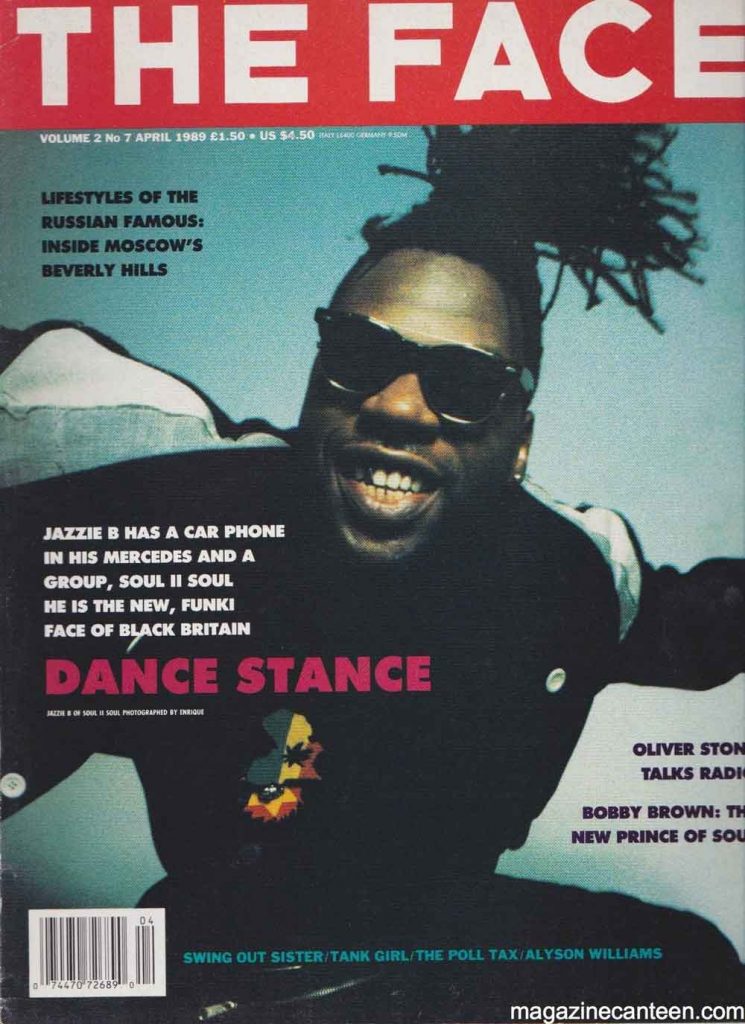
In 1989 youth culture got its last hurrah. Everywhere you looked there were clear and distinct style tribes. Indie kids could introspectively contemplate the meaning of existence while listening to The Wedding Present, House of Love, Pixies and The Wonder Stuff. Goths emitted their patchouli-flavoured scents while swaying their black and purple uniforms to The Cure, Sisters of Mercy and Fields of the Nephilim. Hip-hop’s golden age was in full swing and the year saw albums drop from De La Soul (3 Feet High and Rising), Beastie Boys (Paul’s Boutique), NWA foot soldier The D.O.C. (No One Can Do It Better) and EPMD (Unfinished Business). Meanwhile Public Enemy and NWA caused untold moral panics with their uncompromising black power rhetoric. Elsewhere, in the US at least, grunge was beginning to bloom: Nirvana, Mudhoney, Soundgarden and Tad all released seminal albums.
“1989, the number, another summer / Sound of the funky drummer / Music hitting your heart ’cause I know you got soul”
Public Enemy ‘Fight The Power’
Acid House
The year’s most crucial and certainly most celebrated music, however, came from people with their eyes and ears open to the feelings engendered by the world’s wider socio-political movements. In the year of Tiananmen Square, the fall of the Berlin Wall and the crumbling of Eastern Bloc communism, solidarity and collectivism were in the air.

After a decade of Thatcherism, British youngsters wanted a new attitude of harmony and, most significantly, a new beat to dance to. Acid house, and its attendant offspring, certainly gave them that.
In 1989 a new Sheffield label released its first 12-inch from the shop that gave the imprint its name, Warp. The Forgemasters’ Track With No Name was manna for those dancers lost in the unrelenting rhythm of bleep. In London, Soul II Soul hit the top of the charts with both their single Back to Life and the influential album it was pulled from, Club Classics Vol. One.
Bold New Heights
It was in Manchester, of course, that this new spirit hit the most memorable ecstatic heights. Bands such as The Stone Roses and the Happy Mondays, alongside producers 808 State and A Guy Called Gerald, took the rave era’s key signifiers to bold new heights. Following a summer recording in Ibiza, Mancunian statesmen New Order released their Balearic album Technique.
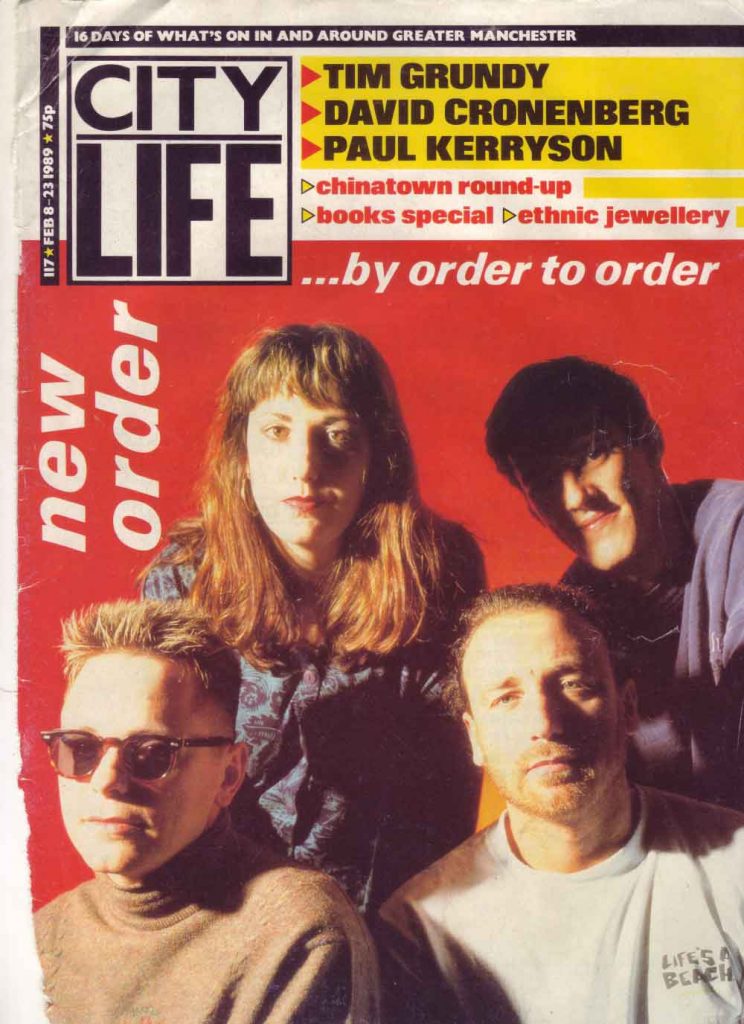
The incredible thing about most, if not all, of the music mentioned is that it remained largely hidden underground. The media had yet to cotton on to the alluring tales from the dark side of popular culture and this was, of course, pre-internet and social media.
The other aspect largely forgotten in our post-tribe world where the history of recorded music is just a click away, is how much hard work it was to maintain and cultivate these cultural identities. Today, we’re all hip-hop and indie fans. We all dance – broadly – to the same music. Whether that’s a good or bad thing is for another discussion.
It was different in 1989. But things were changing. People coming together felt good. Taking over the mainstream felt righteous. Cool was becoming popular. It’s true when they say the past is a foreign country, they do things differently there. 1989 is proof positive of that and just one reason why it deserves the accolade of the Greatest Year in Musical History.
10 Albums That Define 1989
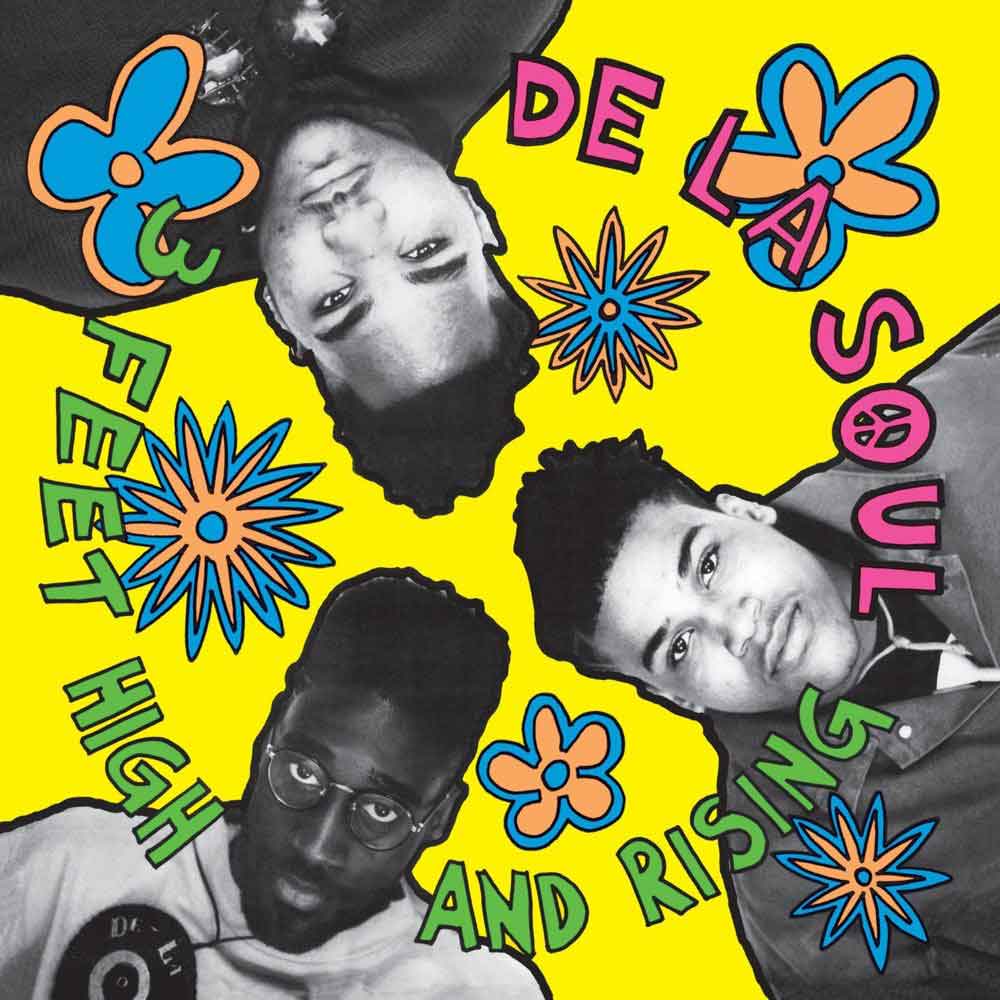
- Beastie Boys Paul’s Boutique (Capitol Records)
- Pixies Doolittle (4AD)
- The Stone Roses The Stone Roses (Silvertone)
- De La Soul 3 Feet High & Rising (Tommy Boy)
- New Order Technique (Factory Records)
- Nirvana Bleach (Sub Pop)
- Soul II Soul Club Classics Vol. One (Virgin)
- Madonna Like a Prayer (Sire)
- The Cure Disintegration (Fiction)
- Neneh Cherry Raw Like Sushi (Virgin)

